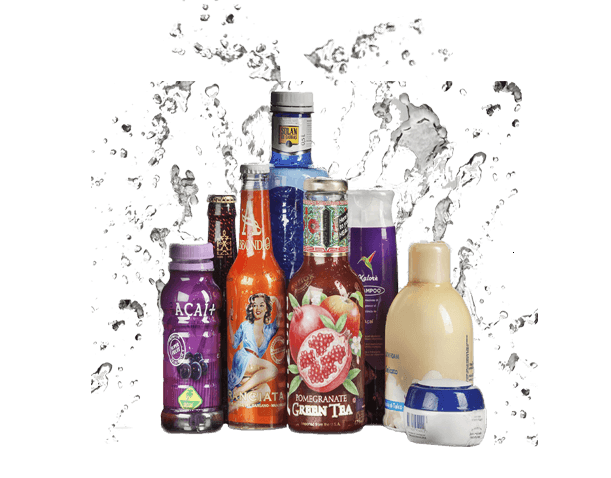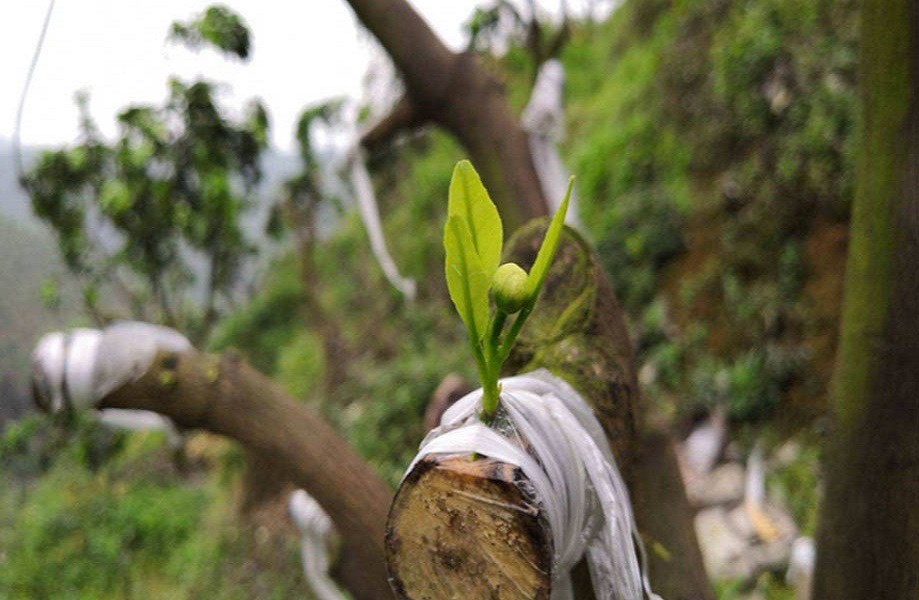
Vegetables are perishable agricultural products, in the storage, transportation and marketing process, due to the surrounding environment and the impact of mechanical injury, easy to aging and deterioration and even decay, quality reduction, more difficult storage and transportation preservation. Suitable freshness packaging for vegetables can not only maintain the quality of vegetables, but also provide convenience for storage and circulation, and the study of vegetable freshness packaging is of great significance to extend the storage and preservation period of vegetables. This paper introduces vegetable preservation packaging technology in terms of gas control, moisture control, antibacterial, etc. HYF shows you some method of preservation packaging.
MAP (modified atmosphere packaging) refers to the formation of a suitable gas environment within the sealed ring of vegetables through their own respiration, to achieve the purpose of spontaneous gas conditioning. MAP creates a microenvironment of low oxygen and a certain volume fraction of CO2 in the sealed bag, which inhibits the growth of vegetable respiration and some microorganisms.
Spontaneous aerated films for vegetables are mainly divided into conventional cling films, new cling films and composite films. Conventional cling films include polyethylene (PE), polyvinyl chloride (PVC), polypropylene (PP), silicone rubber films. PE films and PVC films are most widely used and can effectively extend the storage period of vegetables.
Microporous films containing polylactic acid (PLA) are not only breathable, but also can isolate odor and help protect the environment. PLA composite films have good effect on onion and tomato preservation.

Antimicrobial films are gaining more and more attention because of their unique advantages such as high efficiency, stability and safety, which have a broad application prospect and generate huge economic benefits in food packaging and preservation. Inorganic antimicrobial agents are broadly divided into two categories: metal ion antimicrobial agents and photocatalytic antimicrobial agents represented by TiO2. Metal ion antimicrobial agent mainly uses the antimicrobial ability of Ag, Cu, Zn and other metals themselves, through physical adsorption or ion exchange and other methods, the metal with antimicrobial ability is fixed in the surface or pore channel of zeolite, silica and other porous materials, and then added to the products to obtain materials with antimicrobial properties.
Natural antimicrobial agents mainly include natural plant extracts, spice extracts and chitosan, etc.
PP film, after modified by chitosan, can resist the adsorption of proteins and adhesion of bacteria, and the anti-pollution ability is significantly enhanced. Among natural antimicrobial agents, PLA is the only biodegradable plastic with excellent antibacterial and anti-mold properties, and its composite PLA/polycaprolactone/muscimol (PLA/PCL/TH) film not only inhibits pepper microbial reproduction, but also prolongs the freshness period of pepper.

Most of the vegetable freshness film packaging or antibacterial film is based on PE, PVC and other materials, which cannot be completely degraded after use and disposal and can lead to "white pollution". In order to solve the problem of "white pollution" caused by vegetable preservation packaging, the development and application of environmentally friendly vegetable preservation packaging such as natural compounds, biodegradable packaging materials, and composite edible preservation films are becoming more and more widespread.
For more info about sustainable packaging, please send us a message via email, and we'll be happy to answer you.
Copyright © HUBEI HYF PACKAGING CO., LTD. All Rights Reserved | Sitemap
| Powered by

SEOKeywords:Shrink Wrap Film Customized Biodegradable Shrink Film Pvc Shrink Film Rolls Flexible Packaging Film Petg Shrink Film Properties Custom Printed Shrink Film High Shrink Petg Shrink Film China Pvc Shrink Wrap Film Shrink Sleeve Plastic Label Films Shrink Sleeve Packaging Pvc Shrink Film Manufacturing Process Pvc Super Clear Shrink Film Heat Shrink Film Roll Pvc Shrink Film For Bottle Label Price Shrink Wrap Uses China Shrink Film Pvc Clear Shrink Film Printable Shrink Film Plastic Shrink Film